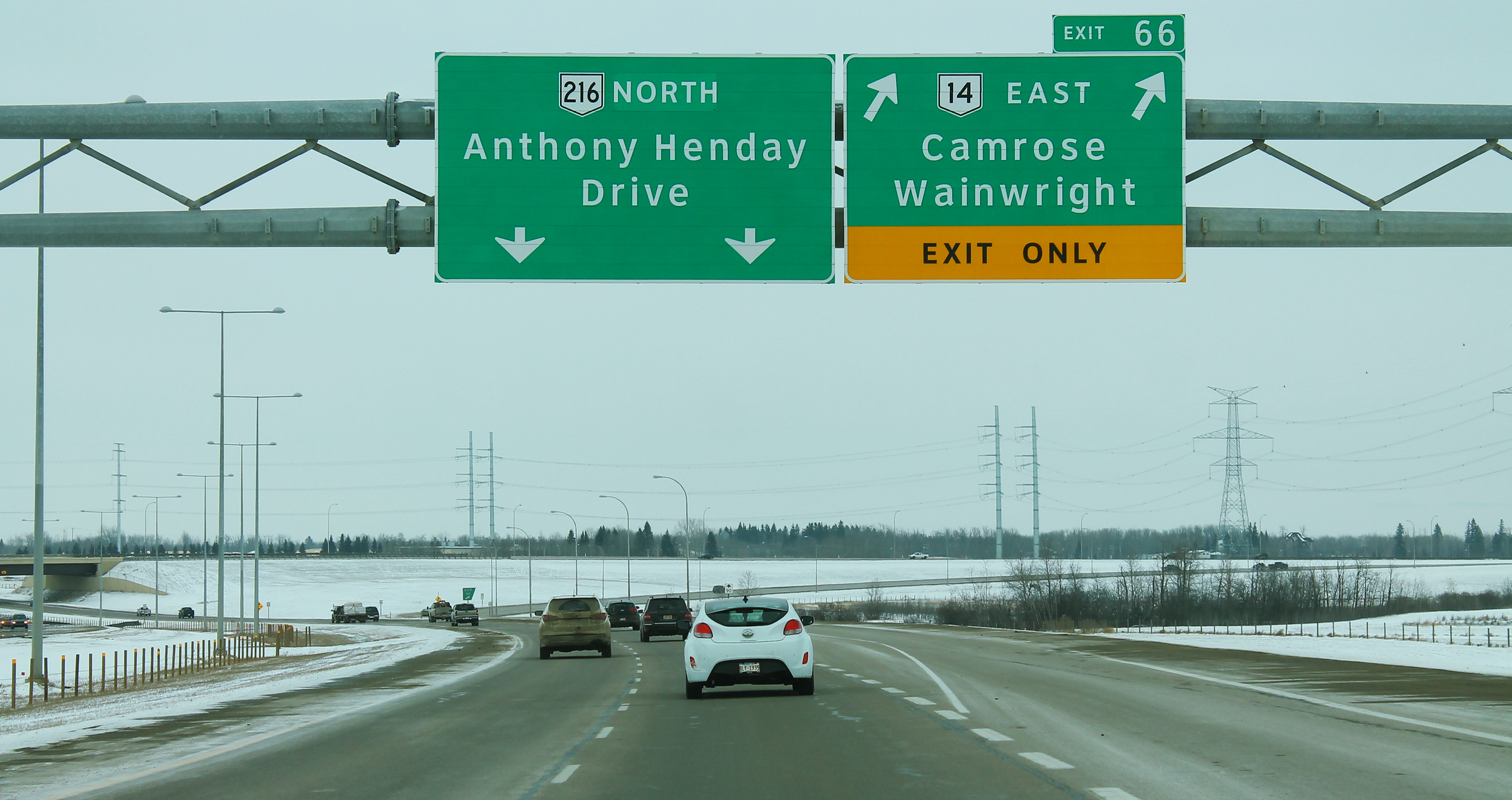
(Edmonton) A University of Alberta transportation engineering research team has devised a way for cities and towns to plan and deploy photo radar and other traffic monitoring devices that puts a priority on public safety-not generating money.
The Government of Alberta released a report on Feb. 23 on the use of photo radar by 27 municipalities across the province, giving them a year to provide data demonstrating effective use of automated traffic enforcement programs like photo radar.
Engineering professors Amy Kim and Karim El-Basyouny, who holds the Urban Traffic Safety Research Chair for the City of Edmonton, say research conducted by their group over the past six years provides a template for establishing transparent and effective ways to influence driver behaviour and improve safety. Naomi Li, who just finished her PhD under Kim and El-Basyouny's co-supervision, was instrumental in this research initiative.
"I understand why a lot of people might perceive photo radar as a revenue generator," says El-Basyouny. "But it can also be a great tool that can sustainably impact driver behaviour leading to safety improvements. It definitely has a role to play."
Using up-to-date data on traffic volumes, collisions, speeding tickets and construction zones, the U of A researchers have completed an in-depth review of the City of Edmonton's use of photo radar and speed monitors and cameras at intersections.
Their findings provide an approach for local authorities to set measurable goals around traffic safety and devise enforcement plans that focus on changing driver behaviour, not on collecting revenue by way of fines.
"We've developed a framework that is transparent and evidence-based that anyone can use," said Kim. "It helps them look at their resources-not everyone has the same number of photo-radar cameras, for example-and clearly set program goals, which will guide where and when they'll send resources."
For example, a city can begin deploying photo radar in school zones in September, when school starts up, to deter speeding. As priorities shift over time, resources can be allocated to other locations.
Using a framework like this helps local authorities provide precise, evidence- and goal-based instructions to contractors operating photo radar systems. By failing to use the framework, local governments are leaving it up to profit-motivated partners to find the best locations to ticket speeding motorists.
In these situations, the allegation that photo radar is being used as a revenue source rather than improving safety bears weight.
El-Basyouny adds that there's clear evidence tools like photo radar change driver behaviour. They've even discovered it causes a "halo effect" where drivers stick to the speed limit for about seven weeks following a period of enforcement.
"This framework is exactly what the province wants to see: goals tied to outcomes," El-Basyouny said. "They want to see the evidence and understand that photo radar is not being used as a cash cow-and we have a way that cities and towns can do that."
Kim adds that the research team has generated many reports, journal and conference publications documenting their findings, with a last paper on the resource scheduling model to be completed in March 2019.